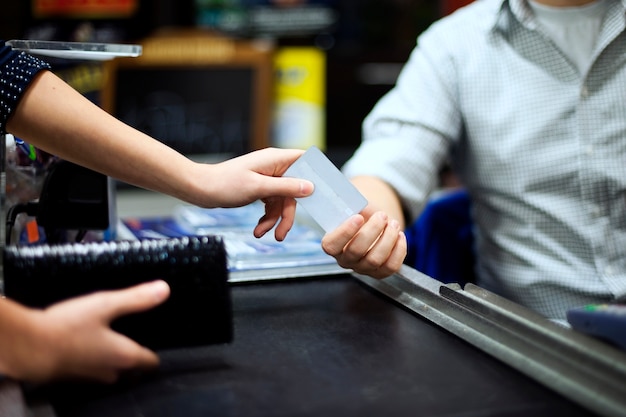Understanding Cashier’s Checks: Definition, Costs, and Purchasing Guide

When you’re making big purchases or exchanging large sums of money, using a cashier’s check is often the way to go. Whether you’re renting a new apartment or buying something expensive, many businesses and individuals prefer a cashier’s check for added security and to ensure they get their money.
So, what exactly is a cashier’s check, and where can you get one? Let’s break it down.
A cashier’s check is different from a personal check because it’s drawn directly from a bank’s funds, not your personal account. Essentially, it’s prepaid by the person who requests the check. After you provide the bank with the funds to cover the check and any fees, the bank issues a check from its own money to a specified payee. This guarantees that the check won’t bounce, making it a secure form of payment.
Typical scenarios where you might need a cashier’s check include:
– Putting a down payment on a car or boat.
– Paying a security deposit for an apartment.
– Buying real estate.
– Settling funds quickly with brokerage firms.
A cashier’s check is not the same as a banker’s check, which may also be called a teller’s check or bank draft. A banker’s check is issued by one bank but payable through another.
If you need a cashier’s check, here are five steps to get one:
1. Visit your bank or credit union. It’s easiest to get a cashier’s check from a bank where you already have an account. Make sure to bring your ID.
2. Provide the necessary information. You’ll need the name of the payee and the exact amount for the check. Double-check these details because a cashier’s check can’t be altered once it’s issued.
3. Fund the check and cover any fees. The bank will either deduct the amount from your account or handle it as a window transaction. Be prepared to pay a service fee.
4. Verify and receive the check. The bank will issue a check for the total amount from its own funds after confirming all details.
5. Store the check securely. Treat it like cash and keep it safe until you use it. Always get a receipt in case any issues arise.
If you don’t have an account at a bank, you can still get a cashier’s check, but it might be trickier. Not all banks offer this service to non-customers, and those that do may charge a fee. It’s best to call around or check online to find a bank that accommodates non-account holders.
When you go to get a cashier’s check without an account, you’ll need:
– A valid form of ID, like a driver’s license or passport.
– Funds to cover the check and any fees. Some banks accept cash or debit cards.
– Information about the payee, including their name and address.
By following these steps, you’ll be prepared to handle transactions that require a cashier’s check smoothly and securely.